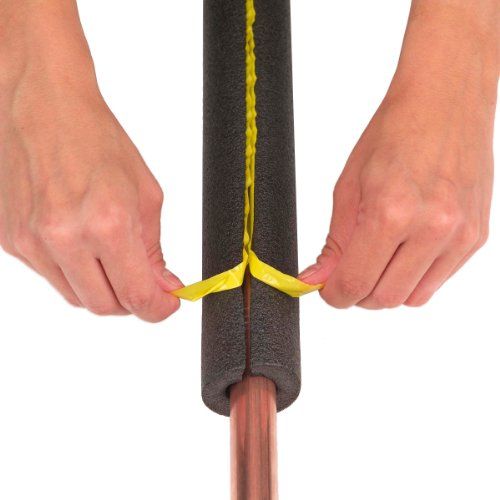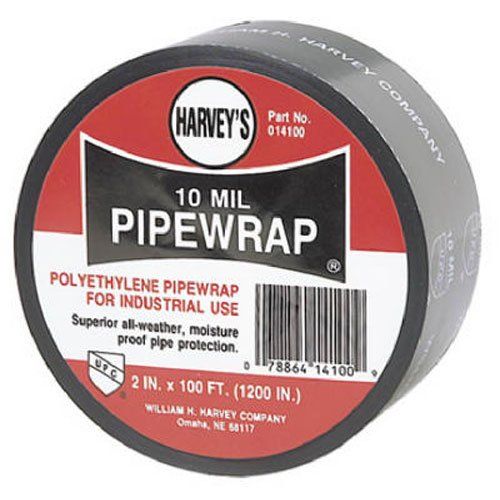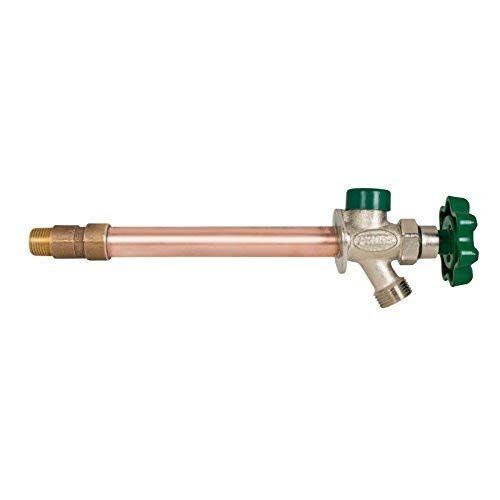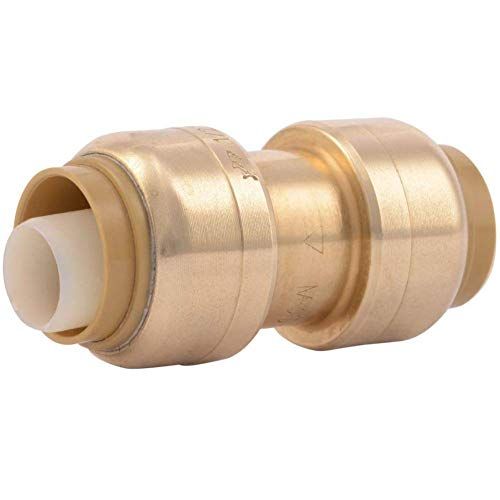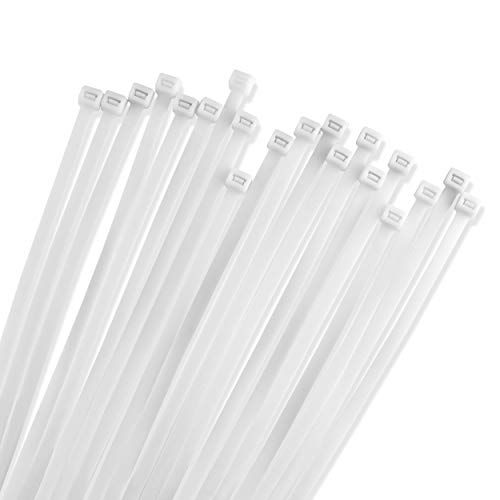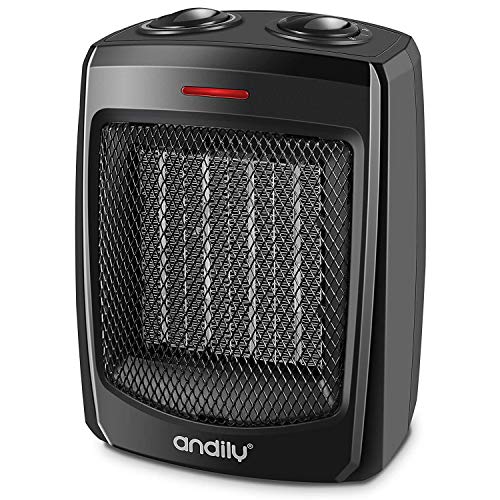Knowing how to prevent your pipes from freezing during frigid winter weather can dramatically reduce the chance that a water pipe will rupture and flood your home. If left unprotected, the water inside the pipe can freeze, expand, and literally rip open your pipes, causing a major leak.
And depending on where the pipe is located, the resulting water damage can be extensive.
🔨You love tackling DIY projects. So do we. Let's get our hands dirty together.
For example, if a pipe ruptures on the second floor, you might not notice the leak until water has seeped through the first floor and down into the basement.
Fortunately, there are several DIY steps you can take to protect your plumbing pipes—and home—from water damage. Here are eight winterizing strategies to help your prevent your pipes from freezing.
💡To contain the damage, be sure everyone in the house knows where to locate the main water shutoff valve.
Install Pipe Insulation
One of the most effective and affordable ways to prevent water pipes from freezing is to cover them with pipe insulation. And as an added benefit, hot-water pipes won’t cool down as quickly, which helps cut energy consumption. Pipe insulation comes in two basic types: foam-rubber sleeves that you slip onto the pipe, and insulated wraps that you wind around the pipe. Both types work well, but the sleeves are quicker and easier to install.
Block Crawlspace Vents
If your home has a crawlspace foundation, it likely has several air vents that allow fresh air to flow in and hot, moist air to flow out. However, during winter, cold air entering the vents can cause water pipes to freeze. After covering the pipes with insulation, help prevent the pipes from freezing by temporarily blocking off the open vents with pieces of rigid polystyrene foam.
Cut the foam at least 4 inches larger than the vent and secure it with double-sided tape, or length of wire: From outside, pass the wire around the vent’s louvers, through the foam block, and then twist together the wire ends on the inside. When spring arrives, be sure to unblock the vents.
Fix Drafty Mudsills
The mudsill is the lowest wood member in a house. It’s typically made of pressure-treated lumber and it sits right on top of the foundation. To stop cold air from blowing into the basement or crawlspace, fill any gaps under the mudsill with expanding foam sealant.
Then, cut pieces of fiberglass insulation or rigid polystryrene foam to fit tightly between the floor joists and up against the rim joist, which is the wide board that sits on-edge on top of the mudsill.
Install a Frost-Proof Faucet
Outdoor faucets, which are known as hose bibs or sillcocks, are particularly susceptible to freezing.
One option is to install rigid-foam covers that simply slip over the faucet, but a much better option to keep these pipes from freezing is to replace the existing faucet with a frost-proof sillcock. Frost-proof sillcocks have long stems the shut off the water deep inside the house, where it’s not exposed to freezing temperatures. And to make installation easier, join the new sillcock to the existing piping with push-fit solder-less fittings.
Install a Heating Cable
In extreme situations when insulation alone can’t prevent water pipes from freezing, protect them with an electric heat cable. Follow the manufacturer’s installation instructions. Some heat cables are wrapped around the pipe, while others run alongside it and are secured with tape or zip ties. Then, simply plug the cable into an electrical outlet. The electrical current running through the cable will warm the pipe just enough to keep the water flowing.
Consider a Space Heater
A strategically placed electric space heater can create just enough warmth to keep pipes from freezing. This approach is particularly effective in compact spaces, such as a small crawlspace or utility room. Be sure to follow the manufacturer’s safety instructions, including never placing the heater near combustible materials.
Open Cabinet Doors
It’s not unusual for water pipes running through a kitchen sink cabinet or bathroom vanity to be vulnerable to freezing, especially when the cabinet is against an exterior wall. To reduce the chance of the pipes freezing, turn up the heat and open the cabinet doors to allow warm air to flow into the cabinet. Another option is to place an electric space heater in front of the cabinets for an extra measure of cold protection.
Turn Off the Water
Finally, if you’ll be away from home for an extended period of time during winter, turn off the main water valve and then open all the faucets and flush the toilets to drain the system of trapped water. And lower the thermostat to 50 or 55 degrees, which will help prevent freezing.
The Gear You’ll Need to Winterize Your Pipes
🎥 Watch This Next:

Roy Berendsohn has worked for more than 25 years at Popular Mechanics, where he has written on carpentry, masonry, painting, plumbing, electrical, woodworking, blacksmithing, welding, lawn care, chainsaw use, and outdoor power equipment. When he’s not working on his own house, he volunteers with Sovereign Grace Church doing home repair for families in rural, suburban and urban locations throughout central and southern New Jersey.
Joe is a former carpenter and cabinetmaker who writes extensively about remodeling, woodworking, and tool techniques. He has written eight books and is a contributing editor to Popular Mechanics. He also appears on the Today’s Homeowner TV show, and co-hosts the weekly Today’s Homeowner Radio Show. Joe writes from his home in Roxbury, Connecticut.

